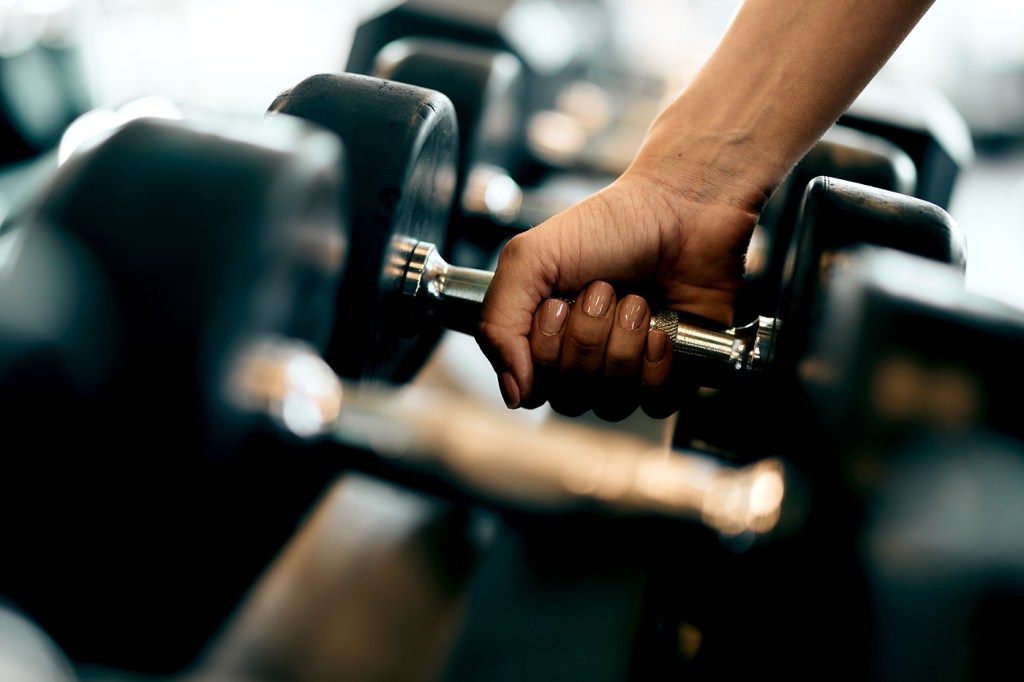Can exercise fight cancer? Northeastern researcher builds case with new model

Call it a new type of precision medicine.
A Northeastern researcher says one day oncologists may be able to write personalized exercise “prescriptions” for cancer patients that suppress tumor growth.
Jay Taylor, a second-year doctor of physical therapy student with a background in computer science, helped develop a mathematical model that attempts to quantify the relationship between exercise, immune function and cancer.
The paper, published in the Physical Biology journal, looked at models of mice running on wheels to show that increases in exercise intensity and duration decrease the proliferation of malignant cells.
“It just adds a little quantitative value and evidence to back that (idea) that exercise does work and it does work for cancer patients,” says Taylor, who worked in biotechnology before coming to Northeastern to study physical therapy.
“This is kind of the first stepping stone to creating an exercise prescription. That’s what I see in the future,” he says.

According to the paper, the team of researchers worked on a mathematical model to describe the transition of natural killer cells from inactive to active states due to exercise-induced levels of a protein called interleukin (IL) 6.
A type of signaling molecule or cytokine, IL6 is either anti-inflammatory or inflammatory depending on how it’s generated in cells, Taylor says.
“If it’s generated through exercise, it’s anti-inflammatory,” he says. In their anti-inflammatory state, the cytokines influence natural killer cells to become active and kill cells in malignant tumors.
Editor’s Picks
“The IL6 triggers those natural killer cells that are part of our immune system. (Exercise) helps the natural killer cells switch states from inactive to active.”
The intensity of exercise reduces tumor size, a phenomenon that continues through multiple stops and starts in the exercise routine, Taylor says.
”Increasing duration also decreases the level of tumor cells,” Taylor says. By increasing blood flow, exercise also brings a river of natural killer cells to cancer sites.
“We found that multi-bout exercise increased the suppression more,” he says. “While the parameters for duration and intensity are still unknown, we found that there was a sustained tumor suppression.”
“We modeled the growth of (tumors) over time and saw that when we introduced exercise, it would decrease and kind of steady out.”
Taylor says more work needs to be done on what types of exercise work best and how exercise can be personalized to work with a cancer patient’s blood type and with chemotherapy.
“Now it’s kind of generalized. We wanted to prove it worked, first,” he says.
Finding solutions for cancer is also a personal mission, Taylor says. He says his wife’s father died of kidney cancer, his grandfather passed away from leukemia and his father had stage 4 non-Hodgkin’s lymphoma.
“Cancer is kind of a big part of our lives,” Taylor says.











